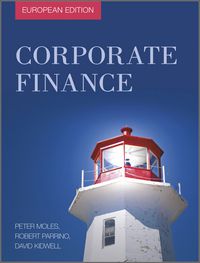

Case 1: TJ International TJ International was founded in 1969 as Trus Joist International. The firm, a manufacturer of specialty building products, has its headquarters in Boise, Idaho. The company, through its partnership in the Trus Joist MacMillan joint venture, develops and manufactures engineered lumber. This product is a high-quality substitute for structural lumber and uses lower-grade wood and materials formerly considered waste. The company also is majority owner of the Outlook Window Partnership, which is a consortium of three wood and vinyl window manufacturers. Following is TJ International's adapted income statement and information concerning inventories from its annual report. TJ International 11 Sales $618,876,000 Cost of goods sold 475,476,000 Gross profit 143,400,000 Selling and administrative expenses 102,112,000 Income from operations 41,288,000 Other expense 24,712,000 Income before income tax 16,576,000 Income taxes 7,728,000 Net income $ 8,848,000 Inventories. Inventories are valued at the lower of cost or market and include material, labor, and production overhead costs. Inventories consisted of the following: Current Year Prior Year Finished goods $27,512,000 $23,830,000 Raw materials and 34,363,000 33,244,000 work-in-progress 61,875,000 57,074,000 Reduction to LIFO cost (5,263,000) (3,993,000) $56,612,000 $53,081,000 The last-in, first-out (LIFO) method is used for determining the cost of lumber, veneer, Microllam lumber, TJI joists, and open web joists. Approximately 35 percent of total inventories at the end of the current year were valued using the LIFO method. The first-in, first-out (FIFO) method is used to determine the cost of all other inventories. Instructions (a) How much would income before taxes have been if FIFO costing had been used to value all inventories? Show your computations to support the answer. (b) If the income tax rate is 46.6%, what would income tax have been if FIFO costing had been used to value all inventories? Show your computations to support the answer. In your opinion, is this difference in net income between the two methods material? Explain your answer. (c) Does the use of a different costing system for different types of inventory mean that there is a different physical flow of goods among the different types of inventory? Explain your








